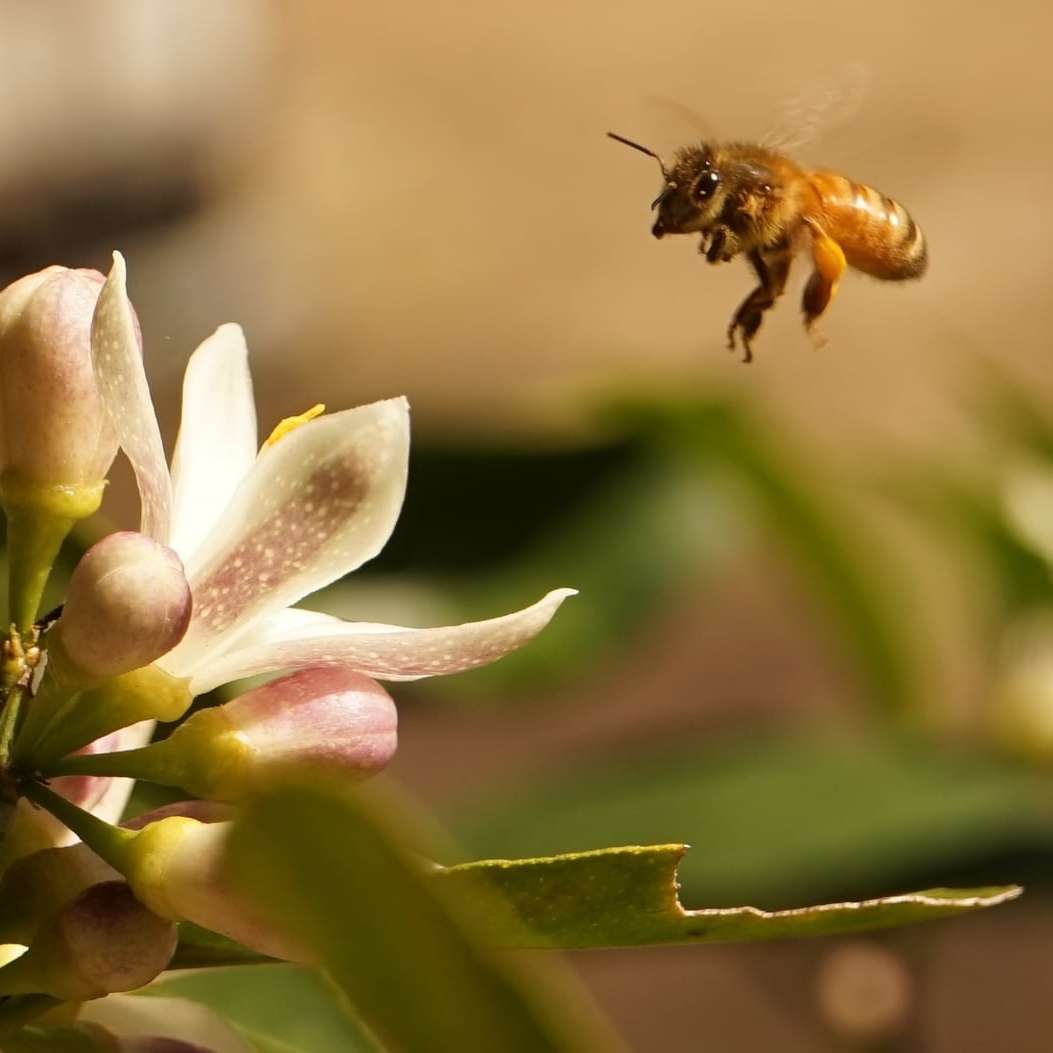Fire ant pesticides have long been used to control these aggressive insects, but the dangers associated with these toxic chemicals are becoming increasingly evident. Traditional fire ant treatments often rely on potent pesticides that not only target the ants but also pose significant risks to the environment, wildlife, and human health. These chemicals can seep into the soil and water systems, contaminating the very ecosystems they are meant to protect. As a result, non-target species, including beneficial insects, birds, and mammals, may be exposed to harmful levels of toxicity. Additionally, prolonged exposure to these pesticides has been linked to various health concerns in humans, including respiratory issues, skin irritation, and even more severe conditions with long-term exposure.
The widespread use of these toxic substances also contributes to the growing problem of pesticide resistance among fire ant populations, making them harder to control over time. This leads to an increased reliance on even stronger chemicals, perpetuating a harmful cycle that further endangers the environment and public health. The need for a shift away from these dangerous methods is clear. By adopting safer, more sustainable pest management practices, we can protect our ecosystems and communities from the harmful effects of toxic fire ant pesticides. This change is not only necessary for the well-being of our environment but also for the health and safety of future generations. It’s time to prioritize eco-friendly alternatives that effectively manage fire ant populations without compromising our planet’s health.


